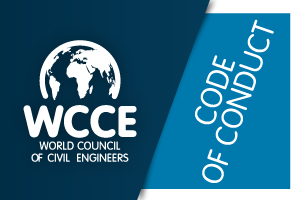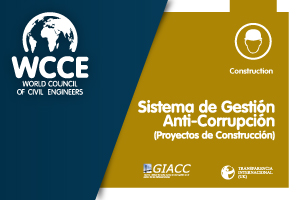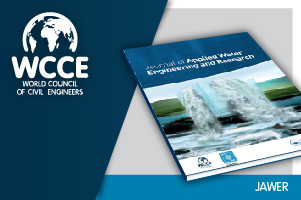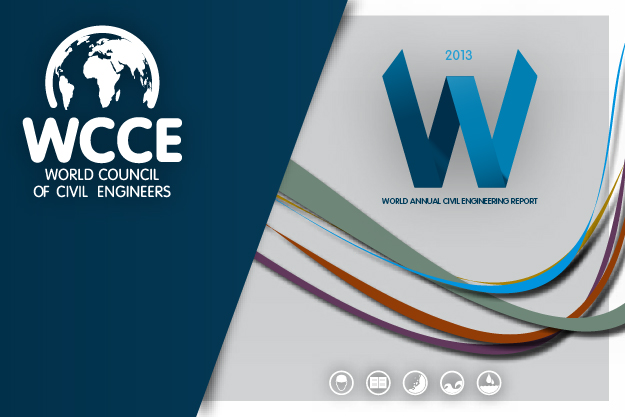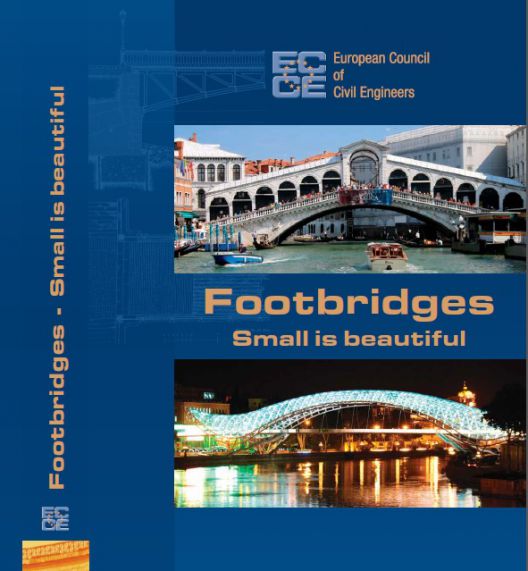
Last Tuesday, the World Justice Project launched the WJP Rule of Law Index 2015 in Washington DC, presenting our newest data on how the rule of law is experienced by ordinary people in 102 countries around the globe. You can now access the 2015 WJP Rule of Law Index report and data here.
WJP's latest Index release relies on over 100,000 household and 2,400 expert surveys to measure how the rule of law is experienced in practical, everyday situations around the world. Indicators are organized around constraints on government powers, absence of corruption, open government, fundamental rights, order and security, regulatory enforcement, civil justice, and criminal justice.
The event included a presentation our latest findings by Chief Research Officer Alejandro Ponce, live audience polling, and a panel discussion on some of today's most pressing rule of law issues—watch the video here.
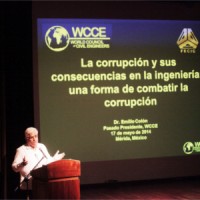 The World Council of Civil Engineers Past President Emilio Colón, declared that the construction sector has been identified as responsible for large economic losses in Mexico by corruption during his keynote speech lecture "Corruption and its impact on engineering: a way to fight corruption " made on the last day of the Sixth National Mexican Congress on Infraestructure Management professionals organized by the Mexican Association for Building Project Management.
The World Council of Civil Engineers Past President Emilio Colón, declared that the construction sector has been identified as responsible for large economic losses in Mexico by corruption during his keynote speech lecture "Corruption and its impact on engineering: a way to fight corruption " made on the last day of the Sixth National Mexican Congress on Infraestructure Management professionals organized by the Mexican Association for Building Project Management.
In this context, he explained that corruption in construction is not specific to engineers, but also expands to architects, and financers, contractors, subcontractors, the three levels of government, banks, land developers, NGOs, academia and the media.
pdf WCCE Code of conduct Downloadable version
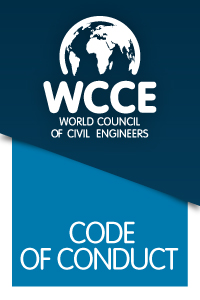 In the performance of his or her professional services, the civil engineer shall comply at all times with the following duties:
In the performance of his or her professional services, the civil engineer shall comply at all times with the following duties:
1. INTEGRITY
The engineer will:
(1) Act honestly and impartially
(2) Make full and truthful disclosure of all relevant matters to all relevant parties (unless prevented from doing so by any legal prohibition or legitimate duty of confidence)
(3) Declare all conflicts of interest to all relevant parties
(4) Express opinions only on the basis of adequate knowledge
(5) Perform services or undertake responsibilities only where he or she is competent to do so
(6) Not act unfairly, carelessly or maliciously so as to damage the prospects, reputation, employment, or business of any other person
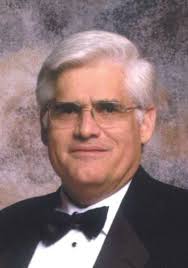
The Construction Sector has been identified by international lending institutions and certain Non Governmental Institutions as responsible for significant economic losses from corrupt activities related to construction projects. Because to a large extent, this represents a significant amount related to public construction and large infrastructure works, the sector needs to focus on the causes of this corruption and how to prevent it.
This efforts needs to involve all parties involved in the Construction Sector, from Contractors, Sub Contractors, Suppliers, Professionals, including engineers, architects and attorneys, Government at all levels, Financing and funding institutions, insurance companies, project owners, NGO’s, Academia and the media.
The UK's recent passage into statute of its Anti-Bribery Act 2011 will challenge most organisations to put in place what might be considered appropriate mechanisms to guard against the risk of a member of staff bribing a third party. This new law is designed to do much more than deal with large scale, multi-million dollar bribes - it is also designed to eliminate much lower level bribery and it affects corporate hospitality, gift-giving and 'facilitation payments.' While large enterprises may be able to afford extensive legal advice to put appropriate safeguards in place, this cost is likely to be beyond the reach of many smaller organisations, in the public, private and third sectors.
For these organisations, the guidance provided by a documented British Standard, and the opportunity to put in place a Anti-Bribery Management System that follows the established principles and structure of ISO9001 and many other related management systems, will significantly simplify the process of compliance.
This page will carry information about the development of relevant documentation toolkits, employee training and awareness and other products which will help organisations meet their compliance obligations.
Working with BSI British Standards, GIACC has co-ordinated four pilot studies to identify whether BS 10500 works in practice. The pilot studies were undertaken on a sample of different size companies from different sectors to ensure that BS 10500 was suitable and adaptable.
The pilots were undertaken on:
- Balfour Beatty – Construction and engineering – 55,000 employees in 100 countries
- Mabey Bridge – Steel bridge manufacturer – 550 employees – exporting to over 60 countries
- Collinson Hall – property sales and management agent – 25 employees – UK only
- Myers la Roche – optical consultant – 15 employees – 7 countries.


